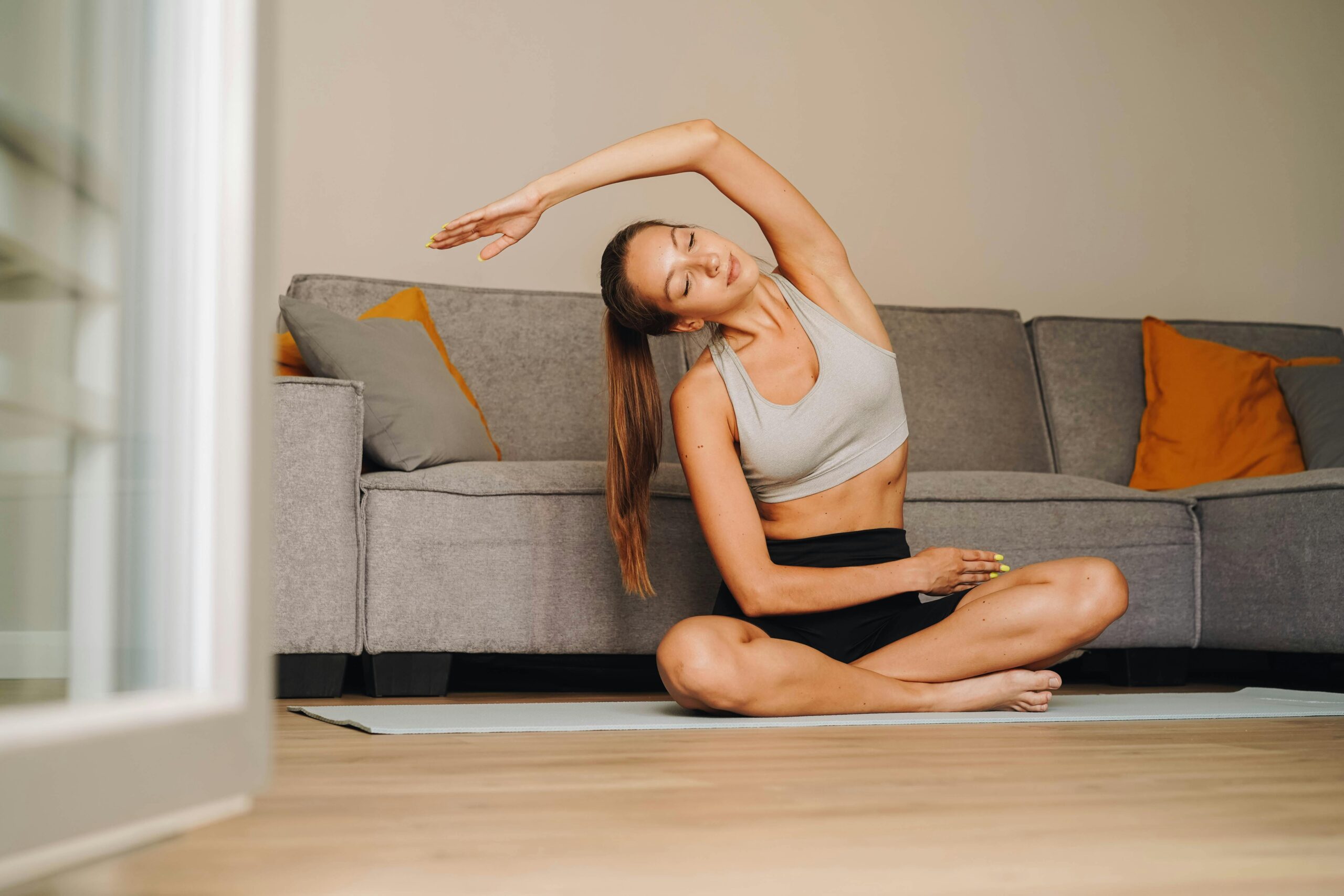The Transformative Power of Pilates: A Holistic Approach to Fitness
In an era where fitness trends come and go, Pilates has stood the test of time as a practice rooted in mindfulness, strength, and flexibility. Developed by Joseph Pilates in the early 20th century, this low-impact exercise method emphasizes controlled movements, core stability, and alignment. Unlike high-intensity workouts, Pilates focuses on quality over quantity, making it accessible to individuals of all fitness levels. This article explores Pilates’ origins, its physical and mental benefits, how it differs from yoga, and practical tips for integrating it into a modern lifestyle. Whether you’re rehabilitating an injury, enhancing athletic performance, or seeking a balanced workout, Pilates offers a versatile path to holistic well-being.
Origins and Core Principles of Pilates
Joseph Pilates designed his method during World War I to rehabilitate injured soldiers, combining elements of yoga, martial arts, and calisthenics. The system revolves around six principles: concentration, control, centering, precision, breath, and flow. Central to the practice is the concept of the “powerhouse”—the muscles of the abdomen, lower back, and pelvis—which serves as the foundation for all movements. Pilates initially used specialized equipment like the Reformer, but mat-based exercises later became popular for their simplicity. Understanding these principles helps practitioners appreciate how Pilates builds functional strength while fostering mind-body awareness.
Physical and Mental Benefits Beyond the Mat
Pilates is renowned for improving posture, flexibility, and muscle tone, but its benefits extend deeper. By engaging the core in every movement, it reduces the risk of back pain and enhances spinal alignment. Studies suggest it also aids in injury prevention and rehabilitation by promoting balanced muscle development. Mentally, the focus on breath and precision cultivates mindfulness, reducing stress and improving cognitive clarity. Athletes, dancers, and office workers alike report heightened body awareness and better performance in daily activities. Unlike traditional cardio workouts, Pilates emphasizes sustainable progress, making it ideal for long-term health.
Pilates vs. Yoga: Complementary Practices with Distinct Goals
While Pilates and yoga share similarities—such as breathwork and flexibility—their objectives differ. Yoga prioritizes spiritual growth and static poses, often linked to meditation. Pilates, however, is dynamic and biomechanically driven, targeting muscular endurance and joint stability. Yoga’s focus on stretching and relaxation contrasts with Pilates’ emphasis on controlled, repetitive movements to strengthen the core. Both practices complement each other: yoga enhances flexibility and mental calm, while Pilates builds strength and functional movement. Choosing between them depends on individual goals, though many find value in combining the two for a well-rounded fitness regimen.
Integrating Pilates into Modern Lifestyles
One of Pilates’ greatest strengths is its adaptability. Beginners can start with mat exercises at home, using online tutorials or apps, while advanced practitioners may opt for studio sessions with equipment like the Cadillac or Wunda Chair. To stay consistent:
- Set realistic goals, such as two 30-minute sessions weekly.
- Mix mat and equipment work to keep routines engaging.
- Combine Pilates with cardio for comprehensive fitness.
Even workplaces are incorporating Pilates-inspired stretches to combat sedentary habits. Its scalability ensures relevance for everyone, from busy parents to elite athletes.
Conclusion: Embracing Pilates for Lifelong Wellness
Pilates transcends fleeting fitness fads by offering a science-backed, adaptable practice that nurtures both body and mind. From its rehabilitation roots to its modern-day applications, the method empowers individuals to build strength, prevent injury, and cultivate mindfulness. Unlike rigid workout routines, Pilates encourages customization, ensuring it meets diverse needs—whether recovering from surgery, training for a marathon, or simply staying active. By prioritizing alignment, control, and breath, it fosters a deeper connection to physical health. As the world gravitates toward holistic wellness, Pilates remains a timeless tool for achieving balance, proving that true fitness is not just about movement, but about moving with purpose.
